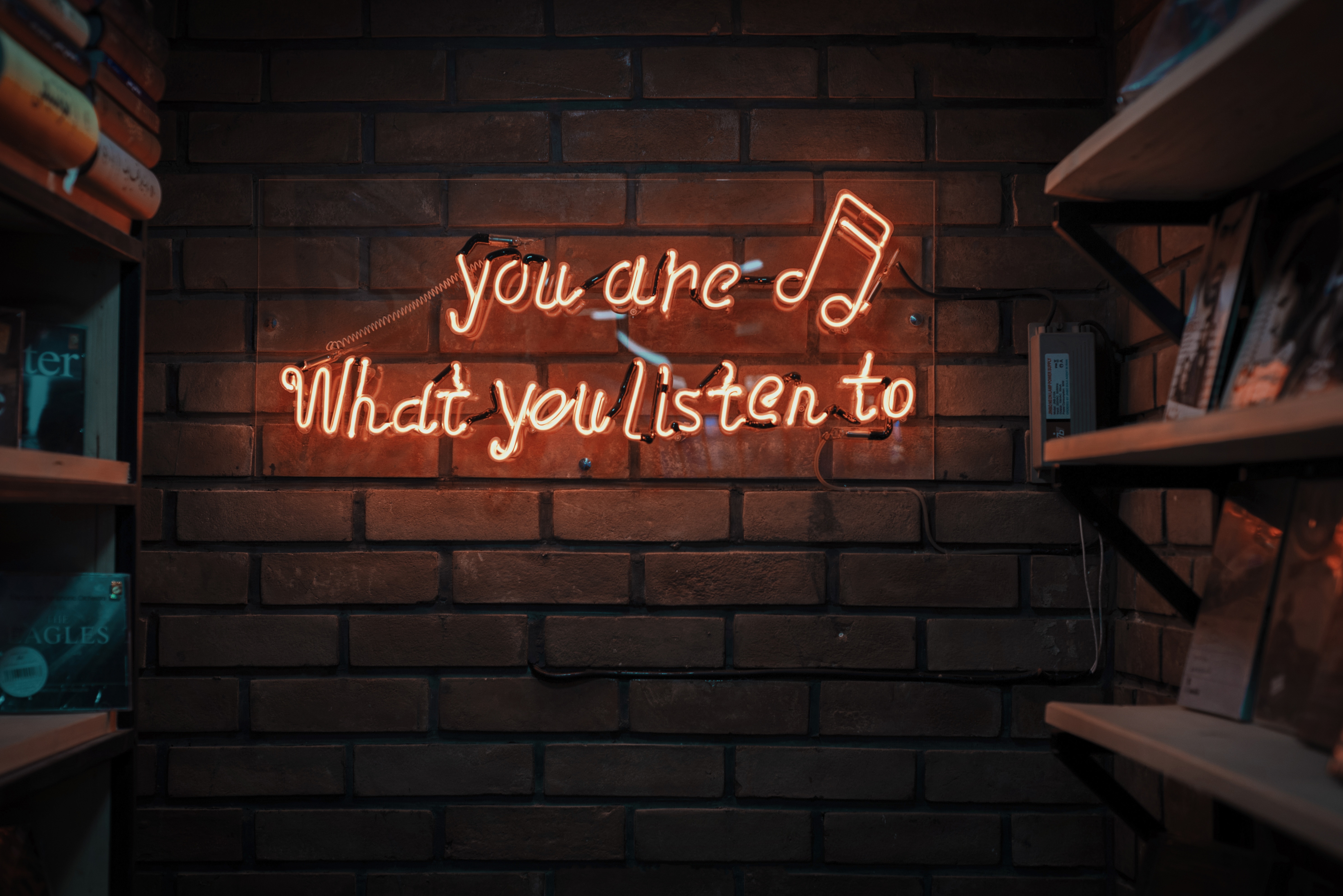
Music evokes emotion and emotion evokes decision. A study from 2012 by Missouri University of Science and Technology has concluded that website visitors’ emotional responses influence their purchasing intentions. So you see, emotion affect online sales as much as it does offline. Now, you can influence your visitors’ emotions in multitude of ways and one of them is by using music. Careful though, having music automatically plays on your website is like a double-edged sword. You better be careful if you’re planning to use it.
“What kind of music should I use?”
Use music that resonates with your audience. A website selling exercise equipment most likely has different types of music to play when compared to a website selling sewing supplies. If you’re selling products aimed at young people, 18-30 years old, you need to tweak your website differently than if you’re aiming at 40+ years old. Your demographics matter a lot here.
The exercise equipment website, for example, fits well with music with high beats per minute (bpm) that says it’s upbeat, strong, and energetic. On the other hand, the website offering sewing supplies may pair better with a calm and relaxing tune.
“Will the visitors be annoyed with the music?”
Ok, here’s the deal. The big problem with websites that automatically play music is they increase the page loading time greatly. A quick solution to this is to add a script that loads and plays the music after each and every other component have been fully loaded. This way, the visitors have something to see and read before the music hits.
Another thing you can do to NOT annoy the visitors with the music is to make sure it’s not playing at full volume. Set the audio player to play the music at about 50% volume.
“How will I know if it’s working?”
Split testing!
Any changes you make on your website should be trackable. This is where split testing or A/B testing comes in handy. Simply put, you give roughly half of the visitors a version of your website that plays music automatically on the background (group B) and a no-music version for the other half (group B). Use a different tracking code for each type and watch the stats.
The key metrics that you need to watch are bounce rate, visitor interaction, and conversion. If the bounce rate on group A is significantly higher than it is on group B, you know for sure that the majority of users’ hate the music. This doesn’t necessarily mean you have to ditch the music altogether. You can change the type of music and continue to testing to see how the new one does. If the bounce rate is significantly lower or similar then you know that music is a welcome addition.
Next is the visitor interaction metric. If group A has fewer interactions than B, that probably means the music is not obnoxious enough for them to leave immediately but it does make them less comfortable browsing around your website. If this happens, tweak and improve.
And then, of course, the conversion. This is usually the sales number and it’s the biggest metric of all. If adding music increases your bottom line, keep it up. If the sales number tanks, however, then you need to work on other methods to increase the sales.
One thing you should remember is that you should avoid making a hasty conclusion after only a whole day of tracking. That’s no good. You need at least a whole week’s worth of data to make any solid conclusion.




